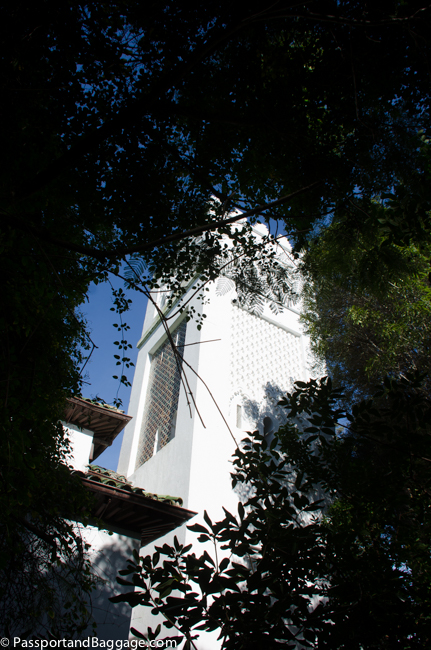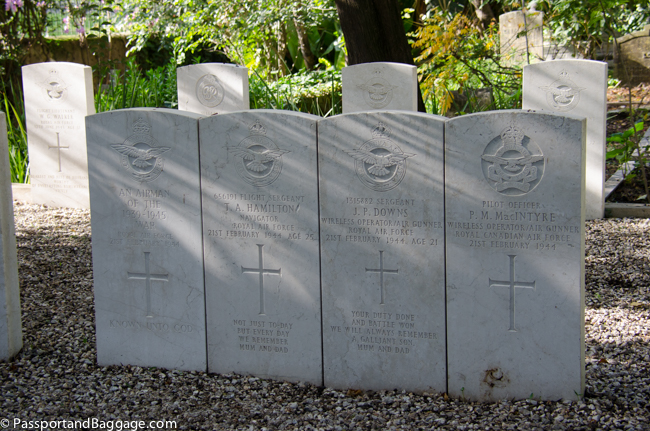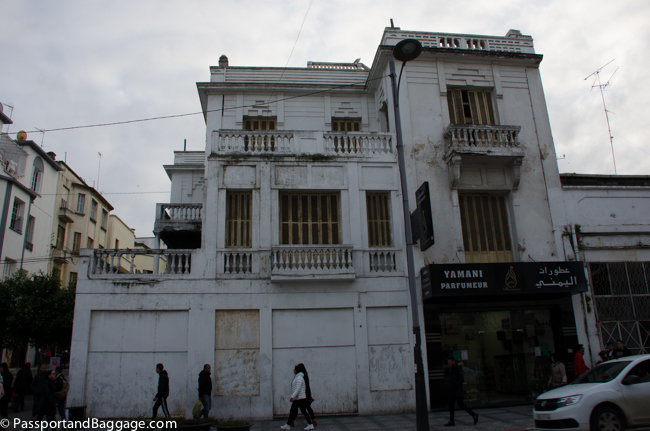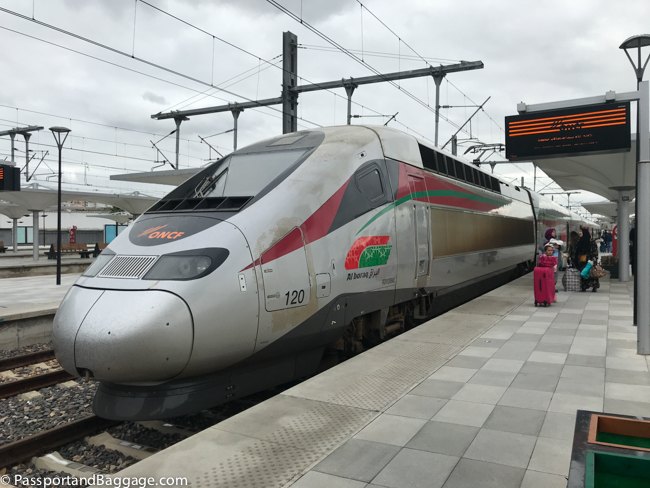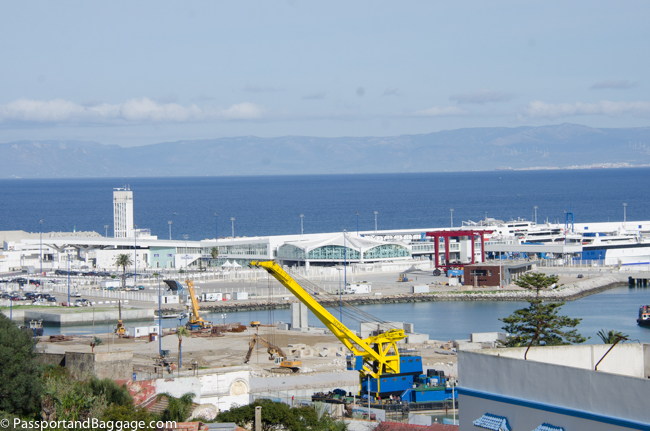December 14, 2019
Tangier (French Tanger, Spanish Tánger, Arabic Ṭanjah) has an interesting connection with the United States. Morocco was the first country to recognize the USA as an independent state after the revolutionary war and since Tangier served as Morocco’s diplomatic headquarters the United States dedicated its first consulate here during the George Washington administration. In 1821, the Legation Building in Tangier became the first piece of property acquired abroad by the U.S. government—a gift to the U.S. from Sultan Moulay Suliman. The building housed the United States Legation and Consulate for 140 years, the longest period any building abroad has been occupied as a United States diplomatic post. In 1980 the building was designated a U.S. National Historic Landmark (the only one in a foreign country). While the building is now a museum run by a foundation, it is still owned by the US government.
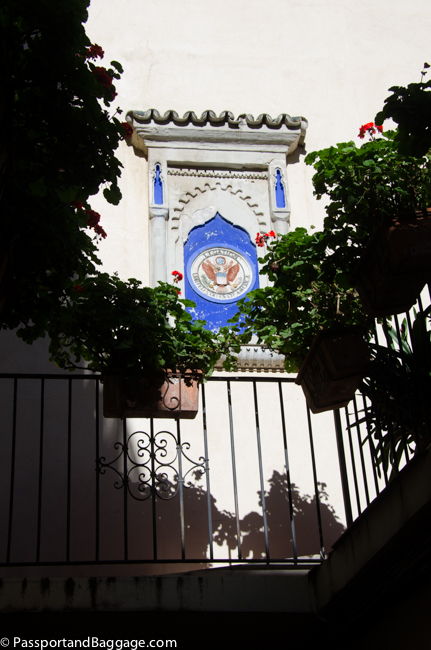 Thanks to the fact that Tangier is the entryway to the Mediterranean it was first settled as a trading base by the ancient Greeks and Phoenicians.
Thanks to the fact that Tangier is the entryway to the Mediterranean it was first settled as a trading base by the ancient Greeks and Phoenicians.
The Vandals attacked from Spain in AD 429 taking the town from the Romans. They were followed by the Byzantines, and then the Arabs, with Tangier being passed between various Arab factions. Then the Portuguese arrived, only to hand it to the British 200 years later as a wedding gift for Charles II. Morocco regained control of the city in 1679, destroying much of the city in the process. Tangier remained under Morocco until the mid 19th century.
While the rest of Morocco was divided between France and Spain, Tangier was turned into an “International Zone”. France, Spain, Britain, Portugal, Sweden, Holland, Belgium, Italy, and the USA all had a piece of the town. This lasted from 1912 until shortly after Moroccan independence in 1956, when the city was returned to the rest of the country. This period was temporarily interrupted on June 14, 1940, when Spain under the Franco dictatorship took advantage of the outbreak of World War II to occupy Tangier. All the existing institutions of the international zone were abolished and the city was annexed in full to the Spanish protectorate. This situation ended with the end of the war.
During this famous Interzone period, high brow and low brow expats flooded in, forming half the population, and a wild, anything-goes culture.
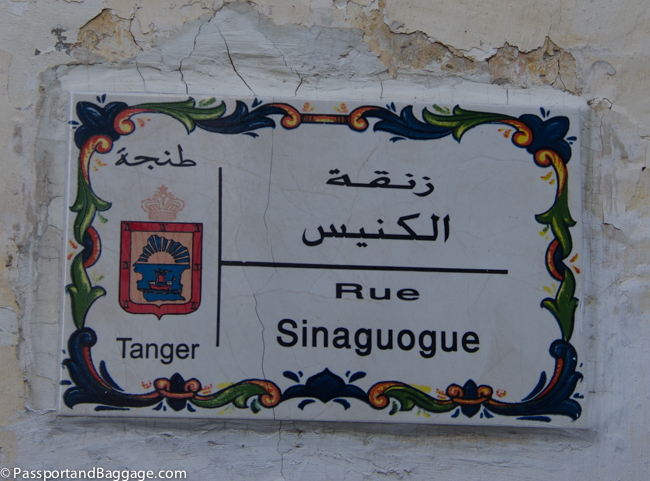 Tangier has always been very open to other religions as well. The first Jews migrated to Tangier after the destruction of the First Temple in Jerusalem, a second wave of immigration occurred from Iberia during the 1492 Alhambra Decree. By 1925 Jews were assigned three out of the twenty-six seats on the Legislative Assembly giving them significant political power. Most Jews were not affected by the war having been offered protection by Mohammed V who stated: “We have no Jews in Morocco, only Moroccan citizens.”
Tangier has always been very open to other religions as well. The first Jews migrated to Tangier after the destruction of the First Temple in Jerusalem, a second wave of immigration occurred from Iberia during the 1492 Alhambra Decree. By 1925 Jews were assigned three out of the twenty-six seats on the Legislative Assembly giving them significant political power. Most Jews were not affected by the war having been offered protection by Mohammed V who stated: “We have no Jews in Morocco, only Moroccan citizens.”
There is also a small Christian contingency in Tangier that worships at St. Andrews Church. In 1880, Hassan I of Morocco donated land to the British community to build a small Anglican church. The first was found insufficient to handle all of the parishioners with this new one being built in 1894 and consecrated in 1905. Interestingly it is dedicated to the Patron Saint of Scotland, rather than to Saint Cassius of Tangier.
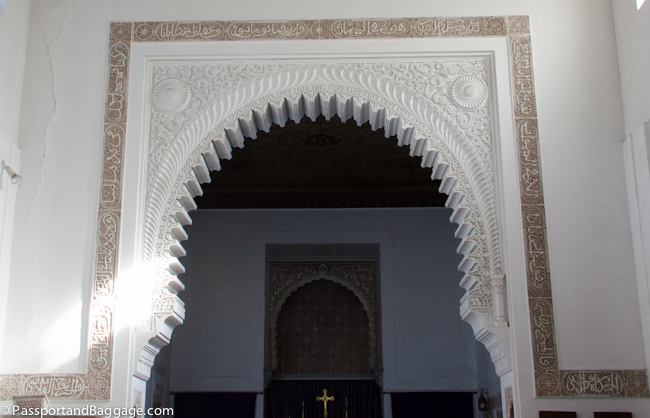
The Lord’s Prayer in Arabic over the altar. As Terence MacCarthy said, “It would appear unlikely that the architect, building committee, priest or congregation, ever questioned the linguistic or theological propriety of this decorative identification of the Christan God of the New Testament who declared Christ to be his beloved Son with Koranic Allah, who castigates those who so testify as monstrous blasphemers.”
The interior is designed as a fusion of numerous styles, notably Moorish. The belltower, shaped like a minaret, overlooks the adjacent cemetery.
You enter the church grounds after bursting out of the insane hustle of the medina, through a small gate and into a quiet garden oasis. This oasis, is in fact, the graveyard. This is what I came to see.
Buried here, and adding to the stories of the time when Tangier was an anything-goes community are some interesting people. David Herbert a former Consular-Warden, referred to by Ian Fleming as ‘the Queen of Tangier, who was known for his vibrant personality, frequent lavish parties, good taste, and ruthless snobbery’. The manager of the parade bar, Jay Haselwood, who according to Truman Capote, “Served up the asses of Arab lads and lassies – without charge of course, just as a courtesy of the house”, and Colonel William Ellis, who is reputed to have poisoned both his wives.

The gravesite of Sir Harry MacLean (1848–1920). a Scottish soldier, and instructor to the Moroccan Army.
There are also a large number of more “socially acceptable” people buried in the cemetery. Such as Emily Keene, who introduced the cholera vaccine to Morocco. The journalist, explorer, and socialite Walter Harris. There is a memorial for Squadron Leader Thomas Kirby Green, one of the prisoners of war shot during the ‘Great Escape’. There is also a sobering section of war graves of entire downed aircrews, their headstones attached shoulder to shoulder.
Tangier had its heyday making its mark on literary history that will most likely never be seen again. William Burroughs, high on drugs, wrote Naked Lunch while living in Tangier. America writer Paul Bowles, whose first novel, The Sheltering Sky, about Tangier, lived here for over fifty years. Tennessee Williams, Allen Ginsberg, Jack Kerouac, Ibn Battuta, Samuel Pepys, Alexandre Dumas, Mark Twain, Edith Wharton, Walter Harris, Jean Genet, and Canadian writer Brion Gysin also called Tangier home at times.

Gran Teatro Cervantes was built in 1913 by the Spanish and dedicated to Miguel de Cervantes, is today most noted for its dilapidated Art Deco facade. The theatre was once considered one of the most prestigious in North Africa.
When the Interzone period ended, Tangier entered a long period of decline. The city was nothing more than a dreary port overrun with criminality. Even their King, Hassan II, hated it and refused to fund anything in Tangier. The remnants of this period abound in the older part of town.
Since 2007, however, Tangier has been the site of major development, most notably its new port, Tanger Med, and the high-speed TGV train line to Casablanca that I used to get here. This $320 million infrastructure program will, alas, benefit primarily the upscale and suburban neighborhoods of the city.
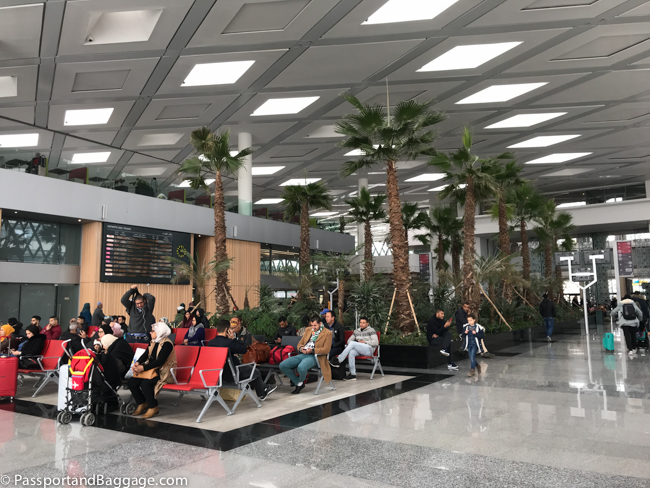
Inside of the train station is a giant shopping mall with McDonald’s, Starbucks and high-end stores. It is 10 miles away from the old part of town. Serving the wealthier suburbs.
On the top of the hill, in the oldest part of Tangier, sits the Kasbah, surrounded, spilling down the hill by the medina. While poverty is quite obvious in these areas, the Kasbah holds several very high-end designer boutiques. Just outside are several more, while the government money does not appear to be entering this part of the town, quite obviously these artists and business owners believe there is a market here.
Here you will find Boutique Bab Kasbah showcasing the designs of Salima Abdel-Wahab, Topolina the Tangier shop of french designer Isabelle Topolina, Galerie Laure Welfling, and Au Fil de Tanger just to name a very few of the great spots I have tripped over.
There are also a couple of very chicly designed restaurants, even if the food doesn’t quite live up to the modern hip atmosphere.
